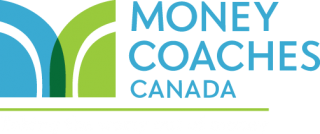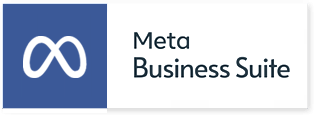Technical Optimization for Search
How SEO went from Meta Tags and Keyword Sprinkling to Ultra-technical Optimization
When we started Relentless back in 2000, we were primarily a marketing company focused on search engine optimization, also known as SEO. For years we worked tirelessly on achieving top-of-page Google rankings for ourselves and our clients.
The search engine algorithms were much simpler back then, and with some creative writing and basic knowledge of HTML, we could rank websites for virtually any keyword phrase that we wanted to target. SEO was a secretive corner of the Internet, and our expertise was in high demand. It was an exciting time for sure, and the focus was mainly on organic search traffic.
Over the years though, we started to see more and more Google Ads creep their way up above the organic search results. Then we started to see Google My Business map results, shopping ads, and featured snippets push the organic search results further and further down the page. This is especially evident on mobile where you have to scroll past the ads to find any organic results.
 Although there are pros and cons between organic search versus paid search, 53% of all website traffic still comes from organic search, and the top organic result has an extremely high click-through-rate (CTR) of 28.5%.
Although there are pros and cons between organic search versus paid search, 53% of all website traffic still comes from organic search, and the top organic result has an extremely high click-through-rate (CTR) of 28.5%.
Search Engine Optimization has changed over the years as well, and it’s no longer about stuffing some keywords into your content and building inbound links to it. Today’s SEO is much more technical and depends on a host of technical factors such as mobile usability, core website vitals, information architecture, and page experience.
As such, keeping your website in shape from a technical perspective is the primary SEO objective. Google provides us with tools and a knowledge base to guide our development and optimization tasks. By following best practices, we can achieve a highly optimized site that is great for Google as well as site visitors.
Posted on: 01/06/2023
Posted by: Craig Hauptman – President & Founder











